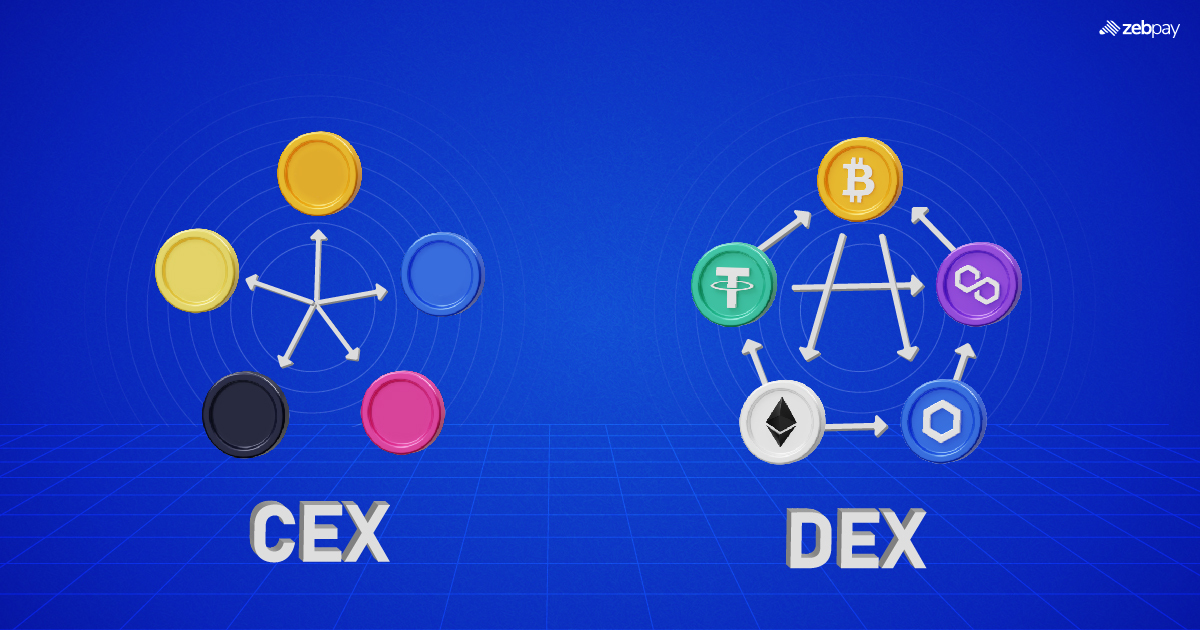10th January 2024 | ZebPay Trade-Desk
An Overview
BTC price surged to over $48,000 following what appeared to be an announcement by the SEC stating that all spot BTC ETFs were approved. However, before the regulator could address the erroneous tweet, Bitcoin’s price had retraced to nearly $45,000. This movement confirmed traders’ suspicion that an approval might result in a sell-the-news event. As market participants and crypto advocates learned that the spot ETF approval was incorrect, many expressed concerns that the incident resembled a pump-and-dump scheme, highlighting the challenges and potential market manipulation in the crypto space.
In the aftermath of the hack and the erroneous tweet regarding spot BTC ETF approvals, some analysts argue that the SEC may be in violation of market manipulation laws. Senator Bill Hagerty has already called for answers from the SEC regarding the incident. While the market has benefited from the expectation of a spot BTC ETF approval, there are traders who anticipate the event to be a “buy the rumour, sell the news” scenario, with the fake approvals providing a real-time example of this dynamic. The incident has sparked concerns about the vulnerability of financial markets to misinformation and potential regulatory consequences.
Compromise of SEC’s X account results in liquidation of both leveraged long & short positions
As news broke that the SEC’s social account was hacked, the Bitcoin futures market saw up to $1 billion in open interest wiped out. The ETF approval scandal also had interesting effects on Ether (ETH), impacting both the ETH/USD and ETH/BTC pairs. While some analysts see the potential for a Bitcoin breakout to $50,000, BTC has more than doubled its 2023 returns, outperforming gold. Bitcoin advocate Michael Saylor, chairman of MicroStrategy, believes that a spot Bitcoin ETF approval would be the most significant development in finance since the launch of the S&P 500.
The positive sentiment surrounding Bitcoin has propelled its market cap to surpass that of Berkshire Hathaway on Dec. 5, securing its position as the 10th-largest asset in the world by market capitalization. Despite Bitcoin’s strength, the U.S. Securities and Exchange Commission (SEC) maintains a cautious stance, reissuing warnings against FOMO (Fear of Missing Out) in the crypto space on Jan. 6. Additionally, on Jan. 8, the SEC issued another cautionary statement regarding crypto assets, even as approval for a Bitcoin spot ETF appeared imminent.
Reports suggest that an approval of a Bitcoin spot ETF could generate $600 billion in new demand. Analysts anticipate that such an approval could lead to a substantial increase in Bitcoin’s market capitalization, with predictions ranging up to a $1 trillion surge. Galaxy Digital forecasts a 74% price increase in the first year following the launch of a spot Bitcoin ETF. Even traditional banks, such as Standard Chartered, express bullish sentiment, estimating a target of $200,000 per BTC by the end of 2025. The final filings for spot Bitcoin ETFs have indicated a potential “fee war” among institutions, with some aiming for the lowest fees, with the lowest filed fee at 0.2% as of Jan. 8.
Institutional investor inflows in 2023 were predominantly directed towards Bitcoin
While certain investors might be waiting for enhanced liquidity and clearer regulatory guidance through the approval of a spot ETF, institutional investors have already initiated the allocation of funds into Bitcoin and the broader crypto market. In 2023, institutional investors invested $2.25 billion in crypto funds, marking a 2.7x increase over 2022 and the third-largest annual inflow on record. Notably, $1.93 billion of the total inflow was directed towards Bitcoin specifically. Currently, the total assets under management (AUM) for Bitcoin stand at $36.17 billion, significantly surpassing other digital assets.
Retail interest in Bitcoin is on the rise
Institutional investors are not the only ones displaying heightened interest in Bitcoin. On January 2nd, the number of Bitcoin wallets holding non-zero amounts of BTC reached an all-time high, surpassing 51.6 million wallets. This surge in wallets coincides with consistent month-over-month price growth, contributing to an increased realised cap for BTC. As of January 8th, the realised cap stands at $436 billion, just 7% below the all-time high. Despite this growth, the active Bitcoin supply relative to vaulted supply has decreased, suggesting that long-term holders are holding onto their coins without releasing them into circulation. The rise in non-zero wallets, coupled with a growing vaulted Bitcoin supply and an expanding realised cap, indicates strong bullish sentiment in the market.







